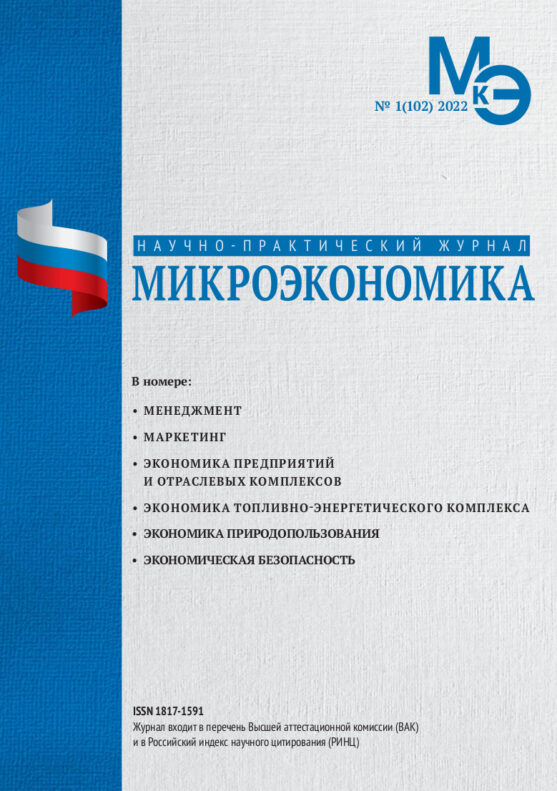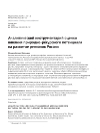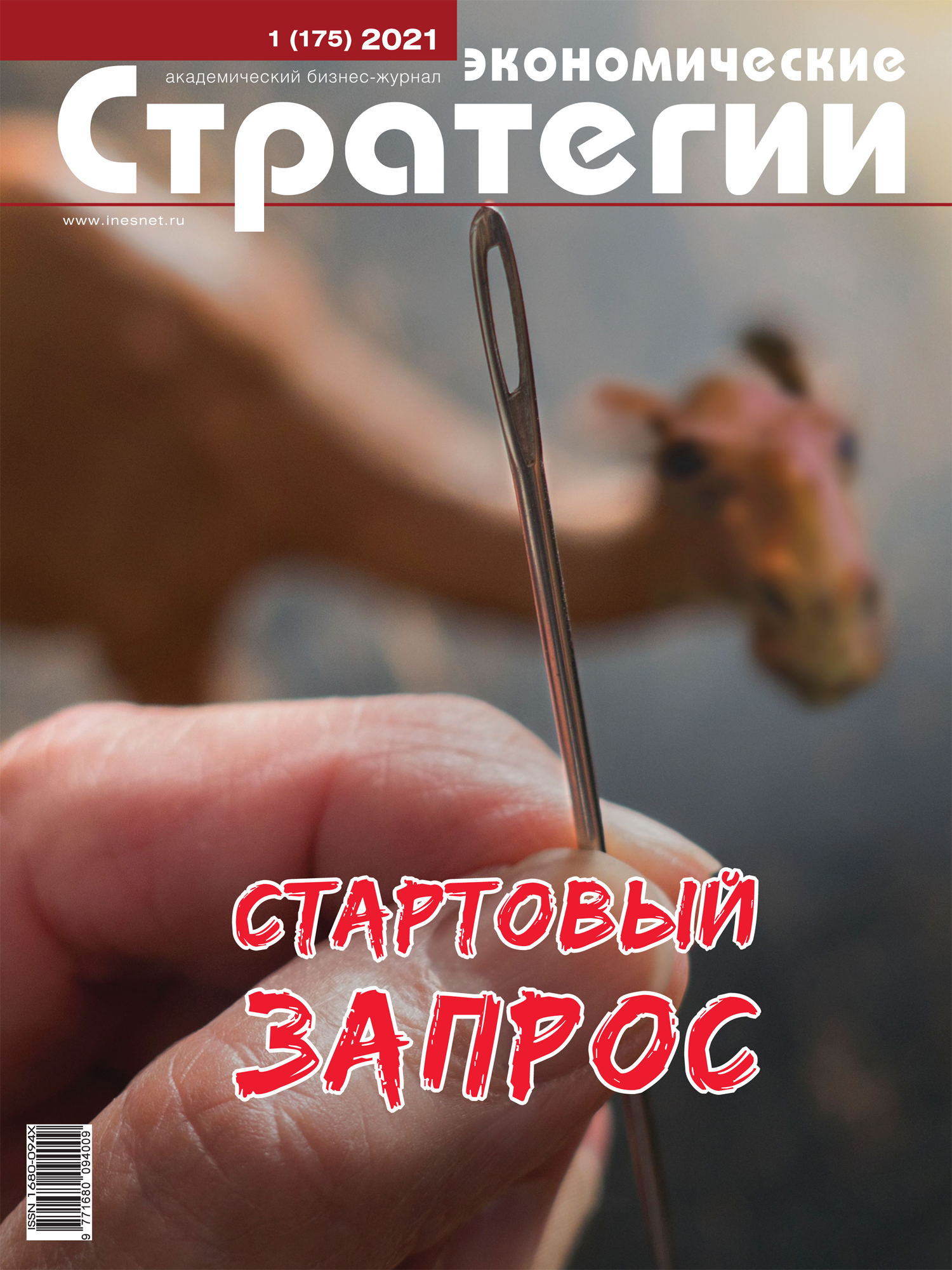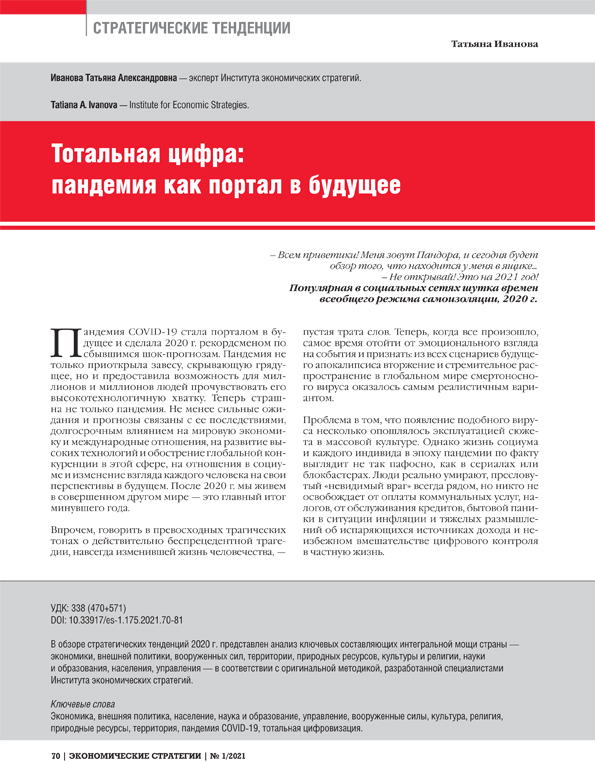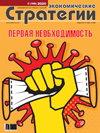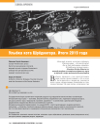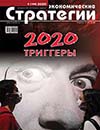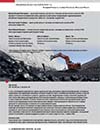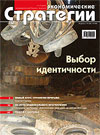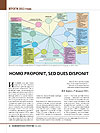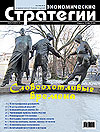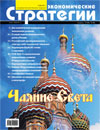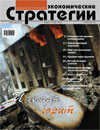Analytical tools for impact assessment natural resource potential for the development of Russian regions
DOI: 10.33917/mic-1.102.2022.105-112
In the article, based on modern ideas about the use of natural resources, the concepts of natural resource potential and an economically demanded resource are formed, a methodological approach to assessing the tax potential for predicting the formation of income of the consolidated budgets of the constituent entities of the Russian Federation from the use of mineral resources is proposed. On the basis of the performed analysis, the subjects of the Russian Federation are identified, the economy of which is determined by the development of the mineral resource complex. The development in the regions of stimulating economic approaches in the field of environmental management and resource conservation is substantiated. Proposals are given to expand the economic independence of the regions of Russia.
References:
1. POTENTIAL – Modern Encyclopedia. URL: dic.academic.ru
2. State report «On the state and use of the mineral resource base of the Russian Federation in 2019». M. Ministry of Natural Resources of Russia, 2020. 494 p.
3. Melekhin E.S. Economic aspects of the formation of a system of rational subsoil use in modern conditions: monograph [Electronic resource]. Moscow: Russian State University of Oil and Gas (National Research University) named after I.M. Gubkin, 2018. 149 p. (In Russ.).
4. Kleinhof I.A. Strategic management of sustainable development of the forest sector of the economy of the Russian Federation and the European Union: monograph. M: GOU VPO MGUL, 2010. 156 p. (In Russ.).
5. Kryukov V.A. Integral assessment of the effectiveness of subsoil use systems (experience of comparative assessment) / V.A. Kryukov, O.E. Pavlov //Mineral resources of Russia. Economics and Management. 2014;1:34-41. (In Russ.).
6. Petrov O.V. Strategic Directions for Innovative Use of the Mineral Resource Potential of the Russian Subsoil // Mineral Resources of Russia. Economics and Management. 2010;3:37-47. (In Russ.).
7. Classification of reserves and resources of oil and combustible gases, approved by order of the Ministry of Natural Resources and Ecology of the Russian Federation dated November 01, 2013 No. 477 (Registered in the Ministry of Justice of Russia on December 31, 2013, registration No. 30943). Access from legal reference system ConsultantPlus.
8. Order of the Ministry of Natural Resources of Russia dated September 30, 2008 No. 232 «On approval of the Methodology for determining the starting amount of a one-time payment for the use of subsoil» (with amendments and additions). Access from legal reference system ConsultantPlus.
9. Dictionary of oil and gas geology. Leningrad: Nedra, 1988. 679 p.: ill. (In Russ.).
10. Melekhin E.S., Karasevich A.M. Methodology for assessing the national wealth of the subsoil. M.: Logos, 2011. 76 p. (In Russ.).
11. Omarov G.Z. Formation of sustainable innovative development of regions based on the rational use of natural resource potential // Microeconomics. 2017. №3. pp. 46-49. (In Russ.).


